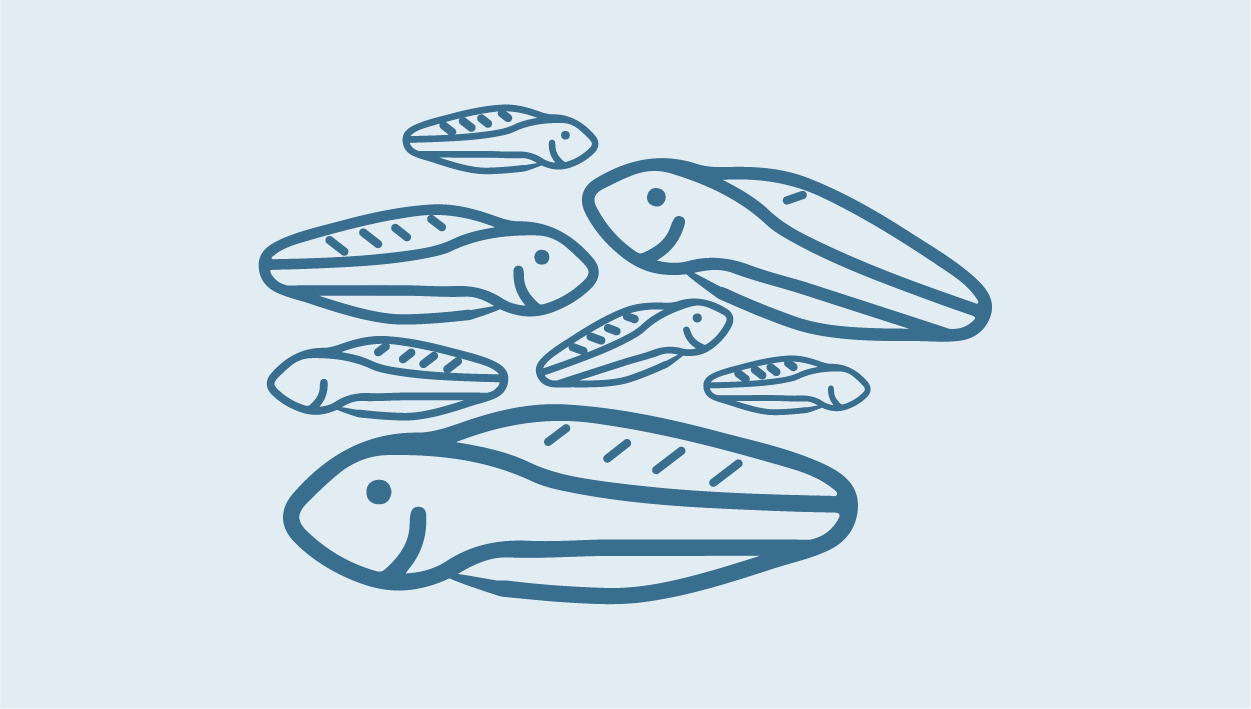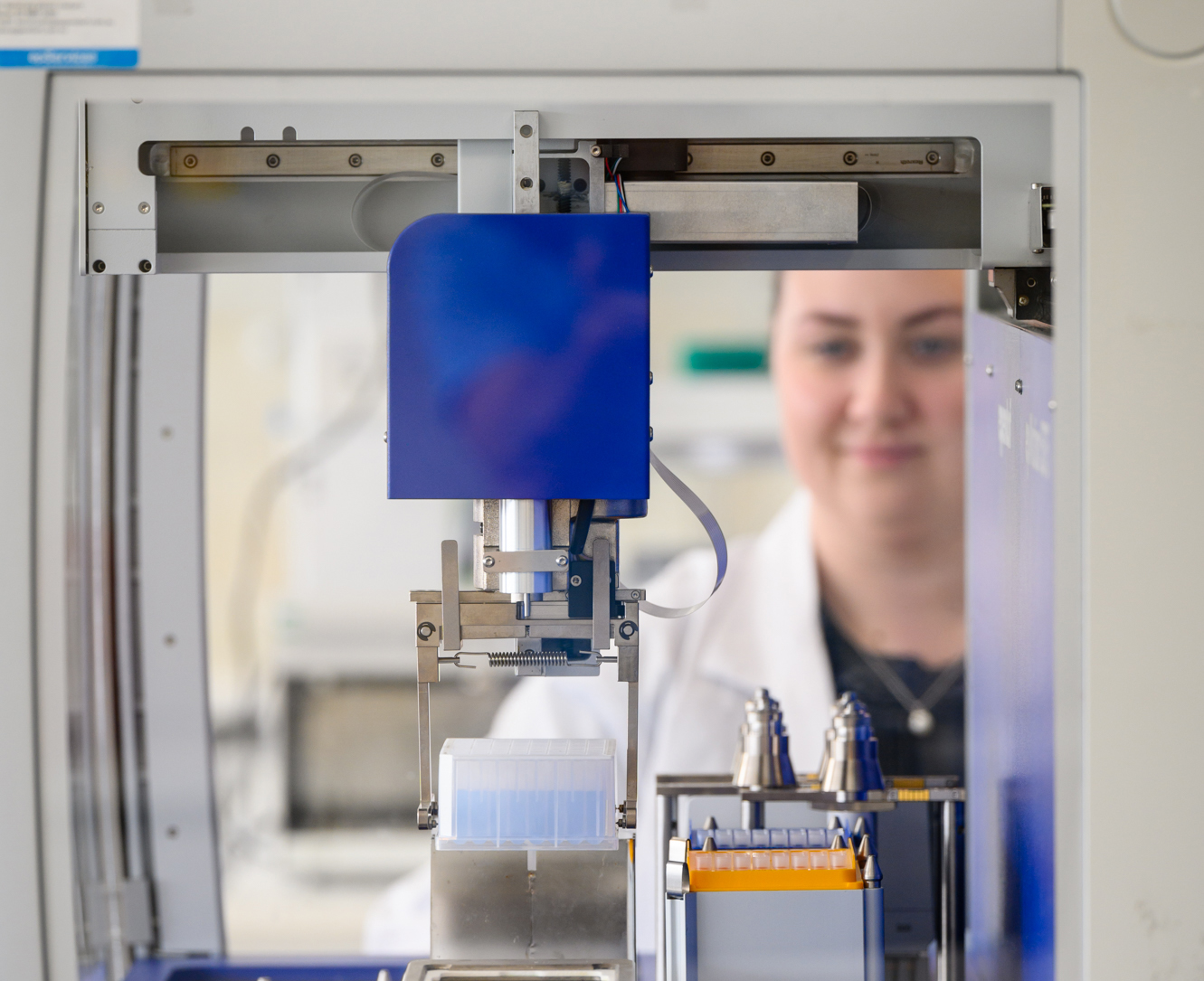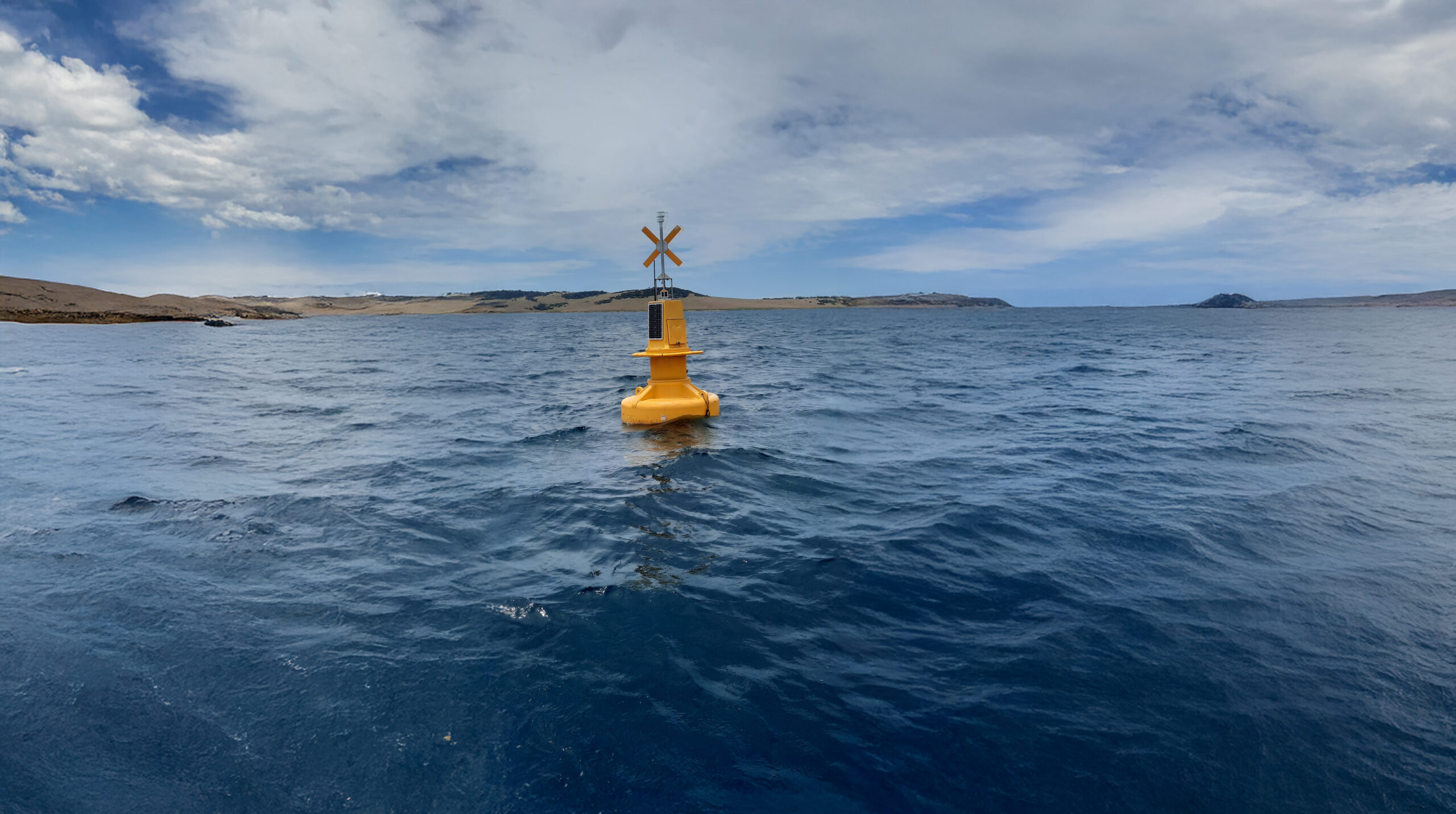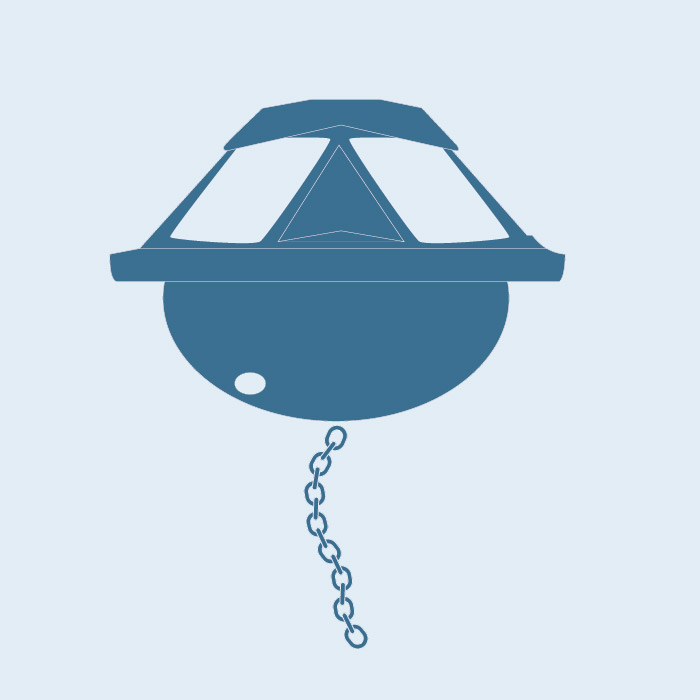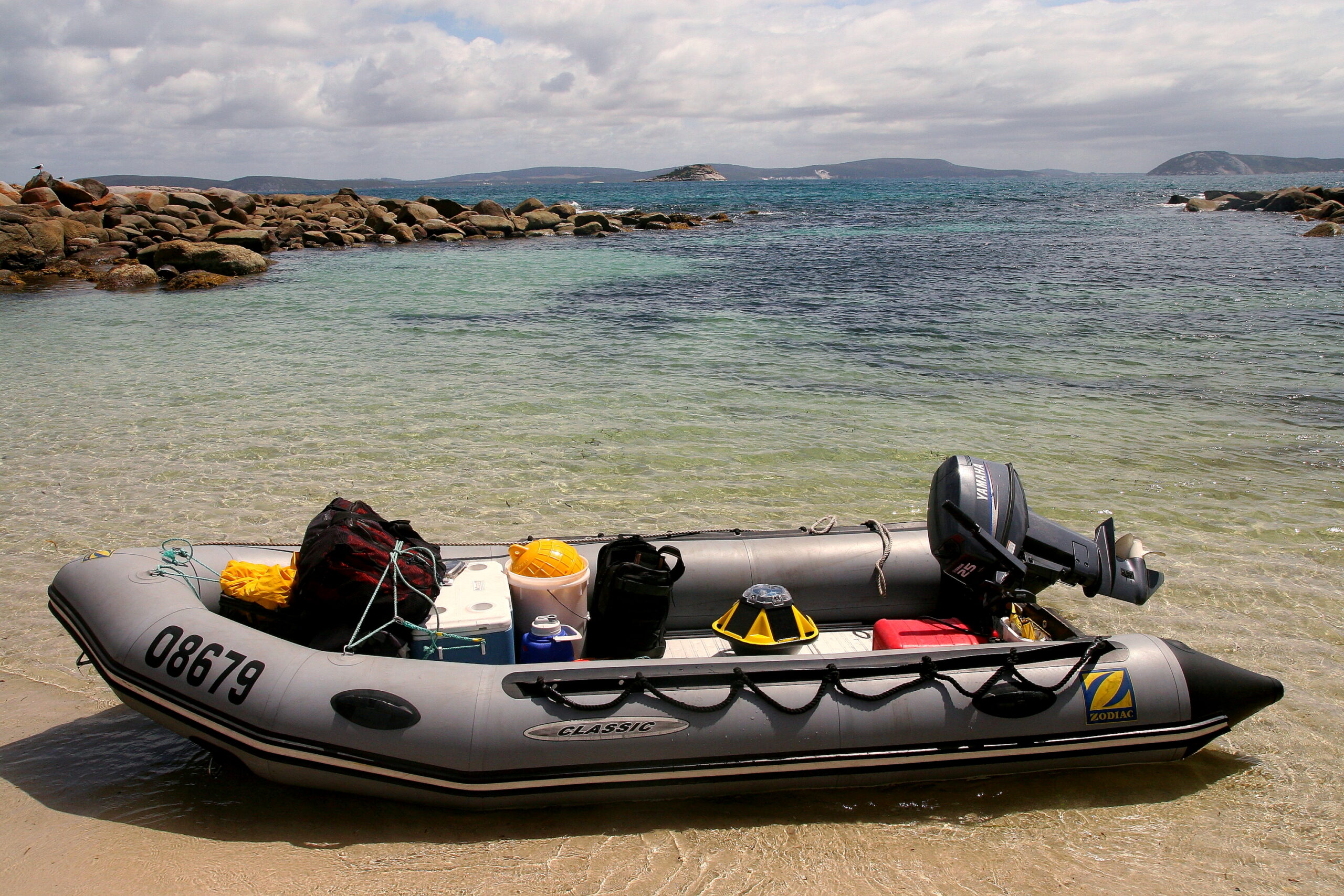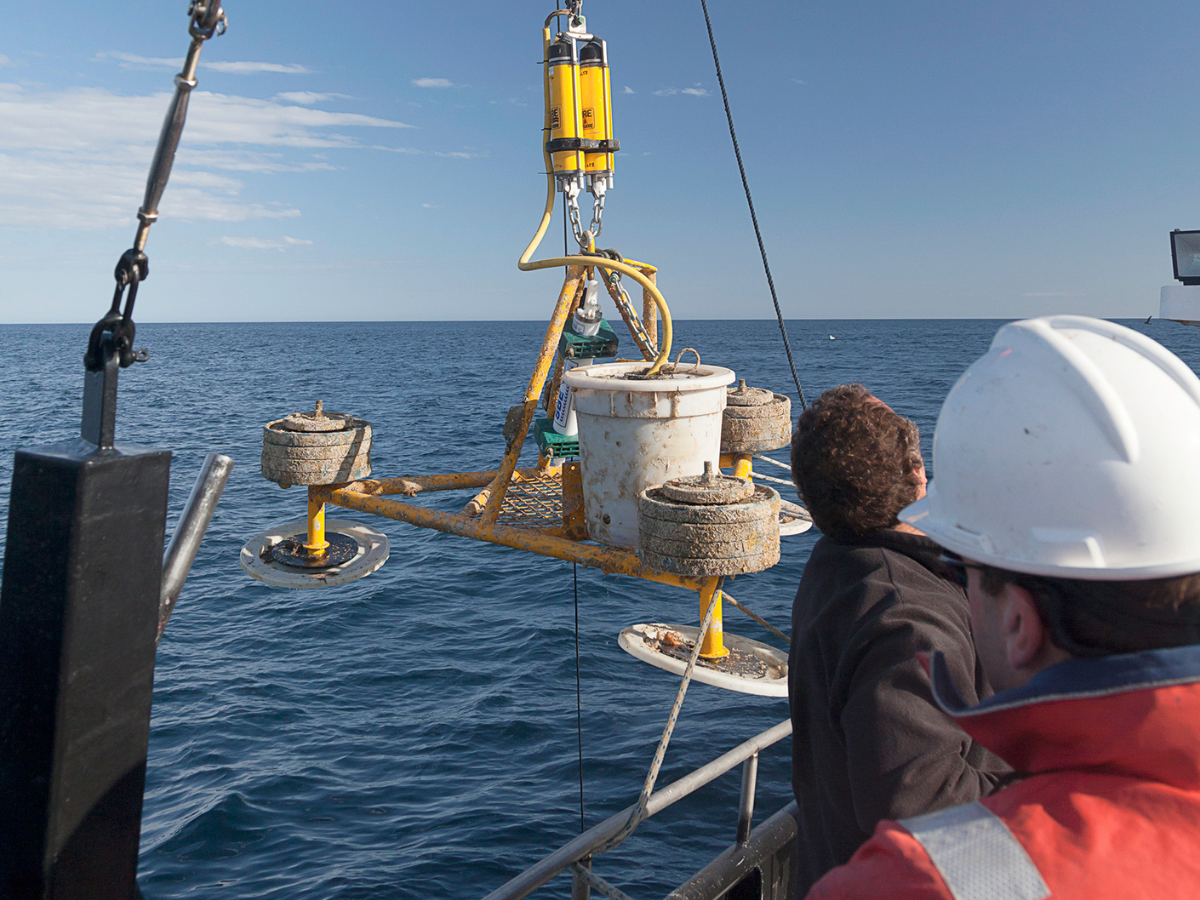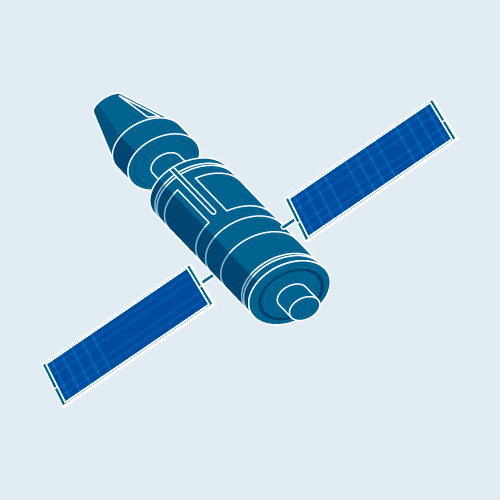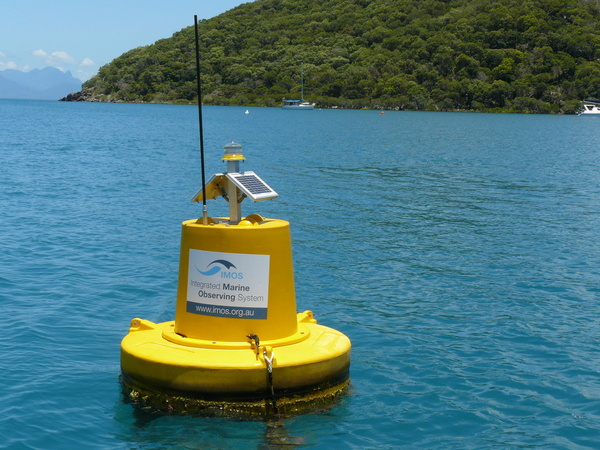Larval Fish
Larval Fish
Larval fish are sensitive to environmental changes, with many oceanographic processes influencing their distribution, abundance and survival. Most fish species have eggs and larvae that are easily sampled with plankton nets in the upper layers of the ocean making them easy to sample with existing sampling methods. The ease of capture and their sensitivity to oceanographic processes make larval fish useful and important indicators of change.
Larval Fish ceased operations in June 2022, however data is still available through the AODN Portal.

 AIMS
AIMS
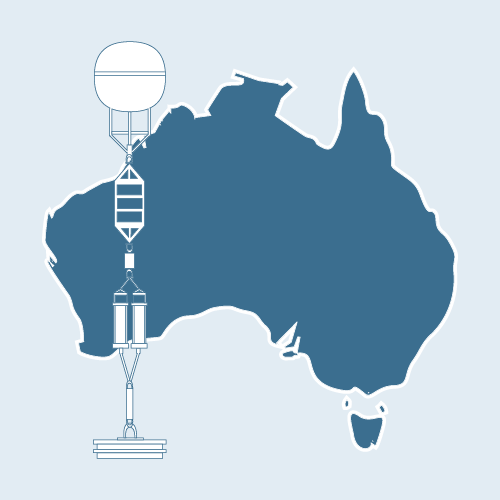
Sampling locations
Larval Fish sampling occurs at 5 National Reference Stations (North Stradbroke, Port Hacking, Maria Island, Kangaroo Island and Rottnest Island), adding to the biological, ecological and oceanic measurements already sampled at these long-term monitoring sites around Australia.
Frequency
Monthly sampling of larval fish with vertical net tows at each National Reference Station allows for seasonal trends in larval fish communities to be detected. Continued and ongoing sampling of larval fish communities at these sites will not only establish much needed long-term monitoring in Australian coastal waters, but also assess the impacts of warming temperatures, disease outbreaks, ocean acidification, and deoxygenation on fish communities.
Key data streams
Select a key data stream to view all IMOS Facilities that collect that data.
Useful information
Operating institution
Sydney Institute of Marine Science
Co-investors
University of New South Wales ∙ University of Queensland ∙ South Australian Research Development Institute ∙ University of Tasmania ∙ CSIRO ∙ Australian Museum
Acknowledging IMOS
Users of IMOS data are required to clearly acknowledge the source material by including the following statement:
Australia’s Integrated Marine Observing System (IMOS) is enabled by the National Collaborative Research Infrastructure Strategy (NCRIS). It is operated by a consortium of institutions as an unincorporated joint venture, with the University of Tasmania as Lead Agent.
